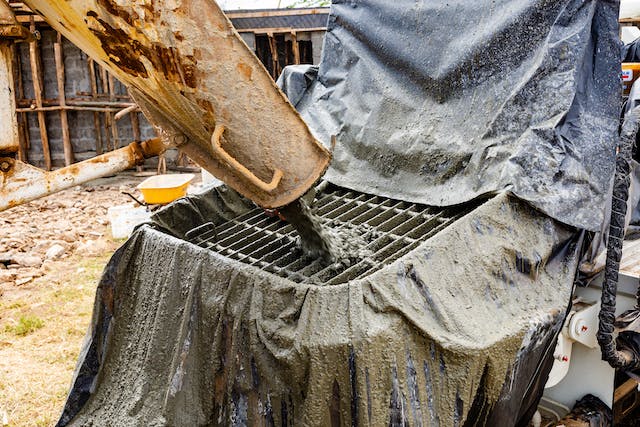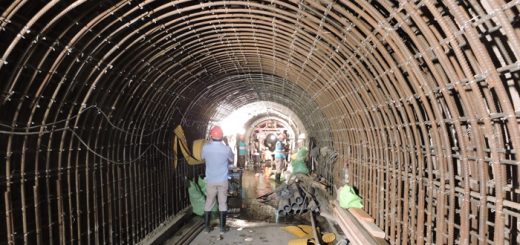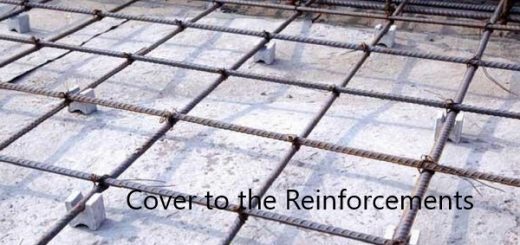Advances in Concrete Technology
Concrete, one of the most widely used construction materials globally, has evolved significantly over the years due to advances in technology and the need for more sustainable and durable building solutions. In this article, we will explore some of the key advancers in concrete technology, their impact on the construction industry, and the prospects for the future.
Self-Healing Concrete
Self-healing concrete is a groundbreaking development that addresses one of concrete’s primary challenges: cracking.
When cracks form in concrete, they can compromise its structural integrity and durability. Self-healing concrete contains microorganisms, encapsulated healing agents, or shape memory polymers that can automatically repair micro-cracks in the material.
The benefits of self-healing concrete include:
- Extended Lifespan: By continuously repairing cracks, self-healing concrete structures can have a longer service life.
- Reduced Maintenance Costs: The need for costly and disruptive repairs is minimized, leading to cost savings over time.
- Sustainability: Fewer repairs mean reduced material consumption and less environmental impact.
This behavior is one of the most important Advances in Concrete Technology specially in structures retains the liquids.
High-Performance Concrete (HPC)
High-performance concrete (HPC) is engineered to possess superior mechanical and durability properties compared to conventional concrete.
It typically includes a combination of advanced admixtures, optimized particle packing, and precise mix proportions.
Key features and applications of HPC include:
- High Strength: HPC can achieve compressive strengths significantly higher than traditional concrete, making it ideal for high-rise buildings and infrastructure projects.
- Durability: It exhibits excellent resistance to environmental factors, including corrosion and freeze-thaw cycles.
- Reduced Shrinkage: HPC can minimize the risk of cracking and enhance long-term performance.
- Thin Sections: HPC allows for the construction of thinner sections with equivalent or better strength, reducing material usage.
Ultra-High-Performance Concrete (UHPC)
Ultra-high-performance concrete (UHPC) takes the concept of HPC to the next level.
It is characterized by extremely high compressive strengths, exceptional durability, and enhanced ductility. UHPC typically contains fine powders, fibers, and chemical admixtures.
UHPC applications include:
- Bridges: UHPC is used to create durable and slender bridge components, reducing maintenance needs.
- Architectural Elements: Its ability to achieve fine detailing and thin sections makes UHPC suitable for intricate architectural features.
- Repair and Retrofitting: UHPC can be employed for repair and retrofitting of existing structures.
- Precast Elements: UHPC is used in precast concrete elements, where high strength and durability are crucial.
Sustainable Concrete
Sustainability is a driving force in modern concrete technology. Several approaches aim to reduce the environmental impact of concrete production:
1. Green Concrete
Green concrete incorporates recycled materials, such as fly ash, slag, and recycled aggregates, into the mix. By reducing the demand for new raw materials, green concrete lowers the carbon footprint of construction projects.
2. Carbon-Capture Technology
Researchers are exploring ways to capture and store carbon dioxide (CO2) emissions from concrete production. These technologies, if widely adopted, could significantly reduce the industry’s contribution to greenhouse gas emissions.
3. Alkali-Activated Cements
Alkali-activated cements use alternative materials, like industrial by-products, to replace traditional Portland cement. This reduces energy consumption and CO2 emissions during production.
4. 3D-Printed Concrete
3D-printed concrete is revolutionizing construction by allowing for the precise deposition of concrete layers. This technology reduces material waste and construction time and enables innovative architectural designs.
5. Transparent Concrete
Transparent concrete, also known as translucent concrete or LiTraCon, incorporates optical fibers or fine glass particles to create concrete that is partially translucent. It has potential applications in architectural lighting and design.
Self-Compacting Concrete (SCC)
Self-compacting concrete (SCC) is engineered to flow and fill formwork under its self-weight, without the need for external vibration. SCC offers several advantages:
- Improved Workability: SCC flows easily and fills intricate formwork, reducing labor requirements.
- Enhanced Finish: The absence of vibration marks can result in smoother and more aesthetically pleasing surfaces.
- Reduced Noise and Vibrations: SCC reduces noise pollution and vibrations associated with traditional concrete placement methods.
- Increased Productivity: Construction schedules can be accelerated due to faster and more efficient concrete placement.
Smart Concrete
Smart concrete incorporates sensors, embedded monitoring systems, and nanotechnology to provide real-time data on a structure’s health and performance. This technology allows for early detection of issues like cracks, corrosion, and strain, enabling proactive maintenance and safety measures.
Applications of smart concrete include:
- Infrastructure Monitoring: Smart concrete can be used to monitor the health of bridges, tunnels, and other critical infrastructure.
- Building Safety: In high-rise buildings, smart concrete can provide real-time information on structural integrity and safety.
- Data-Driven Design: Engineers can use data from smart concrete to optimize structural designs and maintenance plans.
Advances in Concrete Technology are shaping the future of construction by enhancing sustainability, durability, and efficiency.
From self-healing and high-performance concrete to sustainable and smart solutions, these innovations are transforming the way we build.
As the construction industry continues to prioritize sustainability and technological advancements, we can expect even more groundbreaking developments in concrete technology in the years to come.
These advancements will not only improve the performance of concrete structures but also contribute to a more sustainable and resilient built environment.




